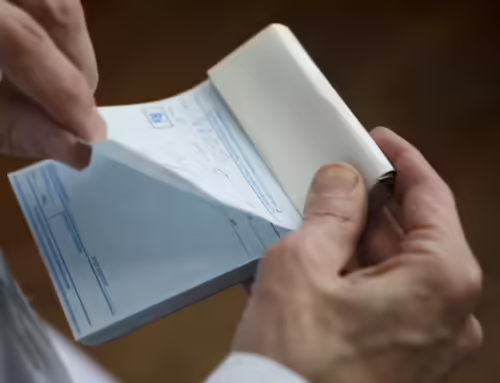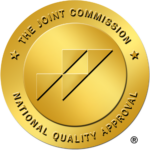Understanding the Different Types of Opiate Prescription Pills
Opiate prescription pills are widely used to treat pain, but their misuse has contributed significantly to the opioid epidemic in the United States. These medications come in various forms and strengths, with distinct appearances to help identify them. At Freedom Detox & Recovery Center in North Carolina, we believe that understanding the types of opiate prescription pills can help individuals recognize and address misuse.
Here’s an overview of the most common opiate prescription pills, their uses and how they are identified.
1. Hydrocodone
- Uses: Hydrocodone is commonly prescribed to treat moderate to severe pain and is often combined with acetaminophen (e.g., Vicodin, Norco).
- Appearance: Hydrocodone pills vary in color and size depending on the manufacturer. They may be white, yellow or blue tablets, often oval-shaped and marked with dosage information (e.g., “M367” or “V 3601”).
2. Oxycodone
- Uses: A potent opioid, oxycodone is used to manage severe pain. Brand names include OxyContin and Percocet (when combined with acetaminophen).
- Appearance: Oxycodone tablets are typically round or oval, ranging from white to pink. Extended-release tablets (e.g., OxyContin) often have imprints like “OC” or “OP” to indicate their formulation.
3. Morphine
- Uses: Morphine is used for severe pain, particularly in hospital settings or for chronic pain management. It is available in immediate-release and extended-release forms (e.g., MS Contin, Kadian).
- Appearance: Morphine pills are usually round or capsule-shaped, with colors varying from white to purple. They may have imprints such as “M” or “Kadian” to signify the brand.
4. Codeine
- Uses: Codeine is a milder opioid often prescribed for mild to moderate pain and cough suppression. It is commonly combined with acetaminophen or aspirin (e.g., Tylenol #3).
- Appearance: Codeine tablets are small and round, typically white or light-colored, and may include imprints like “3” or “TYLENOL.”
5. Fentanyl (Oral Tablets and Lozenges)
- Uses: Fentanyl is a highly potent synthetic opioid reserved for severe pain, such as in cancer patients. It is available in lozenge form (Actiq) or as sublingual tablets (Abstral).
- Appearance: Fentanyl lozenges resemble small lollipops, while sublingual tablets are tiny, often white or pink.
6. Oxymorphone
- Uses: Used for moderate to severe pain, oxymorphone is available under brand names like Opana.
- Appearance: Oxymorphone pills are oval-shaped and may range from white to green, with imprints like “E” or “54” indicating the dosage.
7. Tramadol
- Uses: Tramadol is a less potent opioid prescribed for moderate pain, often considered a lower-risk alternative.
- Appearance: Tramadol tablets are typically round or oblong, white or light green, and marked with imprints such as “ULTRAM” or “377.”
Recognizing Opiate Pills and Addressing Misuse
Understanding the different types of opiate prescription pills is crucial for identifying potential misuse. Prescription opioids can be highly addictive, even when used as directed, and recognizing their appearance and effects can help families and communities prevent misuse.
How Freedom Detox & Recovery Center Can Help
At Freedom Detox & Recovery Center in North Carolina, we provide comprehensive, medically supervised detox and residential treatment programs to help individuals safely overcome opioid dependence. Our compassionate team is dedicated to creating personalized treatment plans that address both the physical and emotional challenges of addiction.
If you or a loved one is struggling with opiate misuse, don’t wait to seek help. Freedom Detox & Recovery Center is here to guide you toward recovery and a healthier future.





